“I believe in a Museum that acts as a social arena"
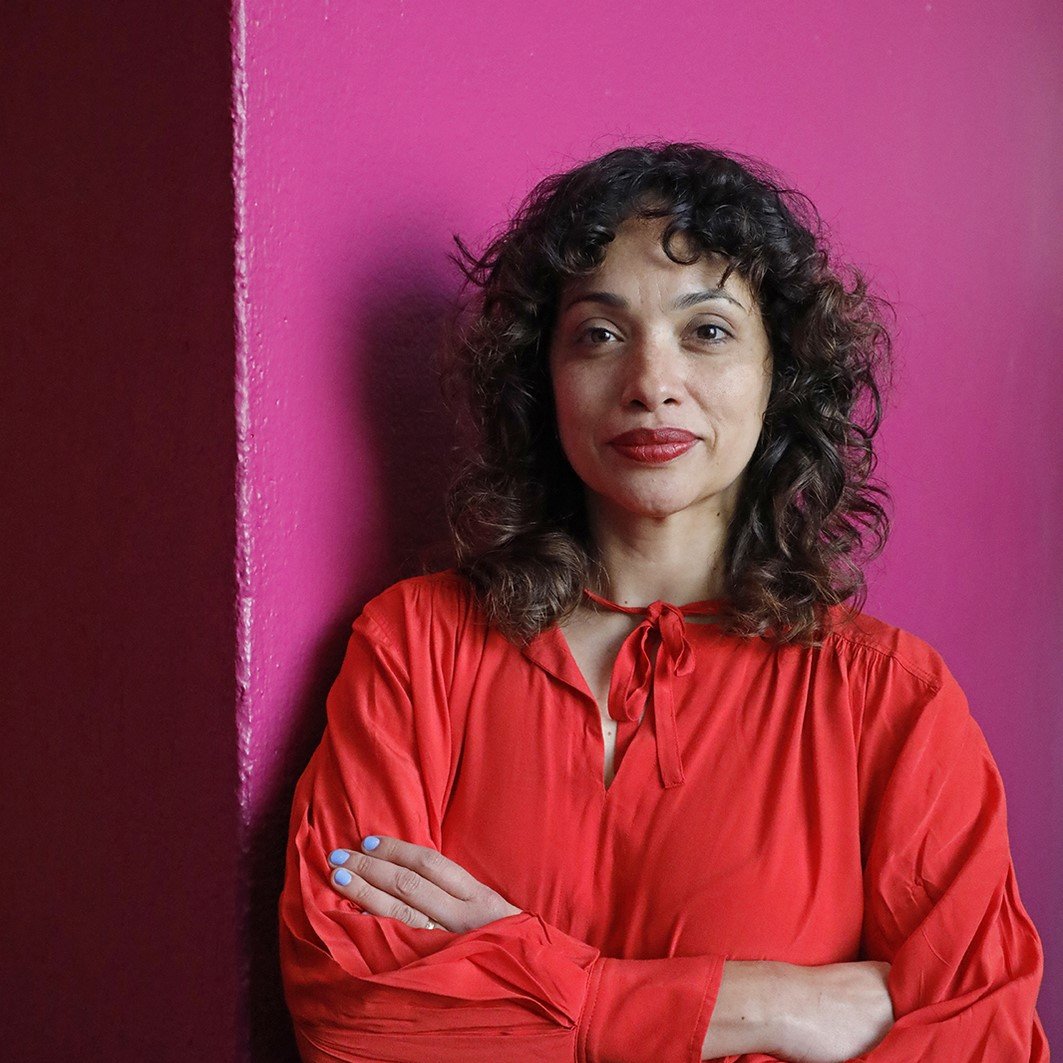
Written by Nicola Mariani and published originally by Call for Curators.
Few weeks ago, here at Call for Curators we published the news of the designation of Amanda de la Garza as General Director of Visual Arts at the UNAM (National Autonomous University of Mexico, Mexico City) and Head of the MUAC (University Museum of Contemporary Art). Born in Monclova in 1981, she is a Mexican curator, graduated in Sociology, postgraduate in Cultural Anthropology and History of Art-Curatorial Studies at UNAM.
Throughout her professional career she addressed different areas of research, such as: video installation, documental photography and the relationship between Contemporary Art and Literature (among others). She published articles, interviews and essays about Contemporary Art, Literature, Poetry, Contemporary Dance, Photography, Architecture etc., in many different national and international publications.
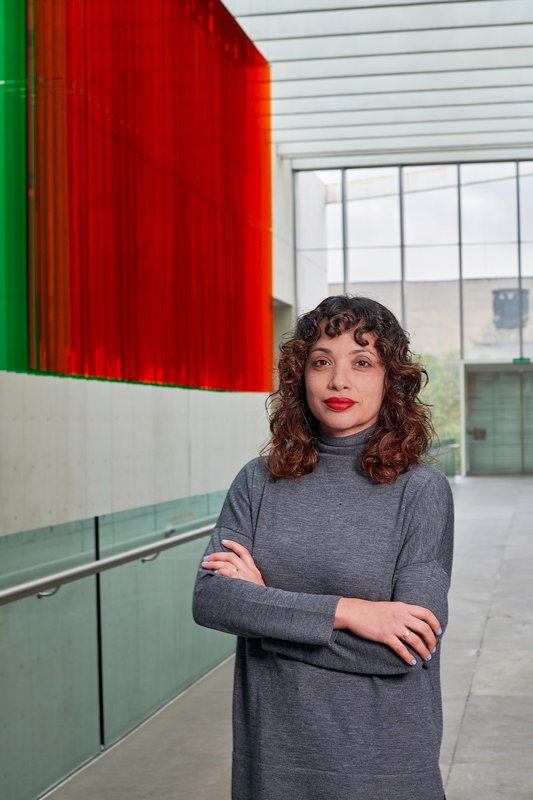
In the interview below, we had the pleasure of talking to her about her personal vision of the role of a Contemporary Art curator, and her idea of the museum’s role within the social context. In her words, today “curators play a pivotal role”, since “they are in charge of developing arguments and constructing a discourse which not only derives from art but also from other fields”. In this sense, according to her vision, for a Contemporary Art curator presenting to the public a critical point of view on social and cultural issues is a primary objective. Likewise, she believes in a museum “that acts as a social arena”, i.e. “as a place where art poses questions, the possibility derived by art in developing a further conversation with the publics and agents that are not immediately related to art”.
We also talked about the state-of-the-art of Latin American Contemporary Art within the global art system, about the relationship between the art creation’s sphere and the art market and about the cultural agenda she is planning for the coming months at the MUAC. Among other issues she is working on, there is especially one that will have a lot of visibility: feminism. As she said: “nowadays in Mexico and Latin America, and some other countries, feminist movements are playing a key role in the reshaping of society. Therefore, I am seeking to incorporate this in the exhibition program as a statement, in collections as well as in public programming”.
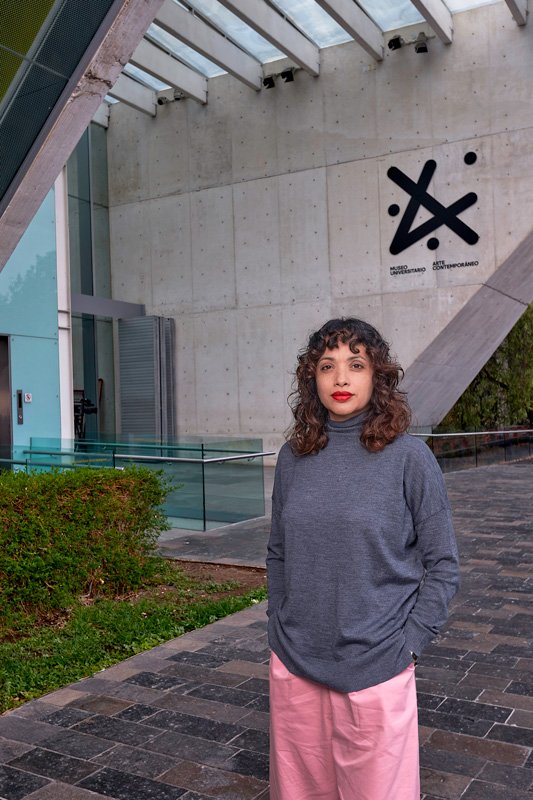
Nowadays art curators have a great influence on the definition of the public’s artistic taste. What is your personal vision of the role of a Contemporary Art curator?
I see the Contemporary Art curator as a cultural agent, who must deal not only with aesthetic matters but also with how Contemporary Art has become a field for critical discourses, as well as museums (not all of them). But maybe I believe this because I follow a tradition linked to critical discourse and political practice in art, and that has influenced my career as a curator since the beginning. Also, because I come from a country were social problems make us absolutely aware of the responsibilities of visibility in an institution and of a pressing social context.
Do you think that presenting a critical point of view on social and cultural issues to the public is a primary objective for an art curator?
I think it is, curators play a pivotal role since they are in charge of developing arguments and constructing a discourse which not only derives from art but also from other fields, such as critical theory, social theory, psychoanalysis, and cultural studies. The same applies to Contemporary Art, artistic practices have also been shaped by these fields.
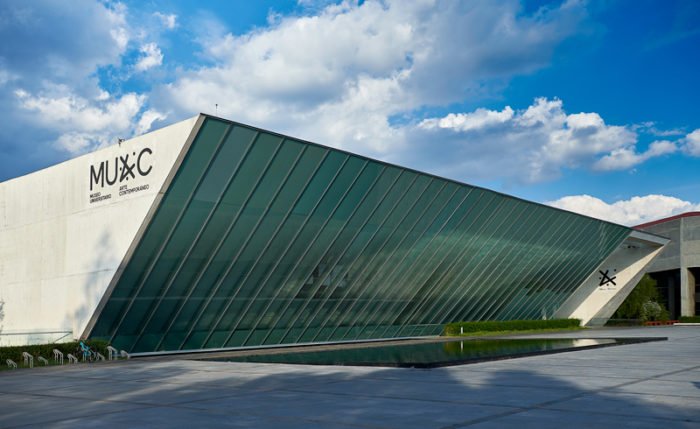
In 2017 you gave a lecture at MUSA (Museo de las Artes Universidad de Guadalajara, Tercer Foro de Museos) where you stated that for you conceiving museums as public spaces, not separated from the rest of society, is very important. Is the museum, in this sense, a social space for debates and interchanges of knowledge and experiences? Could you tell us a bit more about your idea of museum?
I believe in a museum that acts as a social arena. As a place where art poses questions, the possibility derived by art in developing a further conversation with the publics and agents that are not immediately related to art. Museums must not forget that they are part of society, as well as art, meaning that as a social field we are subjected to power relations, and the social structure also reflects or translates into the art field. Otherwise, the museum will stay close to the notion of art that belongs to the 19th Century and will then follow all the consequences of a museum that belongs to that era. In that sense, museums nowadays have to be more critical to their foundations and role in society. That doesn’t mean that we should be naïve and forget what a museum represents in terms of central narratives and as power structures within art. At the same time, a constant self-critique can be useful to move art institutions forward. I also believe in museums connected to a context and to a certain time in history, and therefore to the pressing issues in society. As a director of a museum in the Global South, and a university museum, I believe we need to understand what our relationship with other institutions in the North should be and how can we depart from negotiation and not only from a dependent and submissive relationship. That also means moving towards building our own local histories and understanding them as relevant not only for the local art scene and Art History but to a larger narrative that still needs to shift its patriarchal, white, Eurocentric views.
Recently you were named General Director of Visual Arts at the UNAM, and Head of its University Museum of Contemporary Art (MUAC). What curatorial programme are you planning for the coming months? What issues and projects are you working on?
Nowadays in Mexico and Latin America, and some other countries, feminist movements are playing a key role in the reshaping of society. Therefore, I am seeking to incorporate this in the exhibition program as a statement, in collections as well as in public programming. There is still a question on how this should be done, so we can actually be propositive as an institution. Also, I plan to highlight the archival and art collection, because I believe this should play in the next years a key role in our program. That will also mean investing in new ways of working with the collection in different directions.
Since my role implies not only directing MUAC, but also supervising to other exhibition spaces in the city, El Eco and MUCA-Roma, I will seek to integrate more the program of the three spaces. Since these museums are outside the University campus, I believe we need to think of a museum as a flexible structure that has a relationship with the city and that should seek to go outside its walls to meet other publics, both in centric areas as well as the periphery of the city.
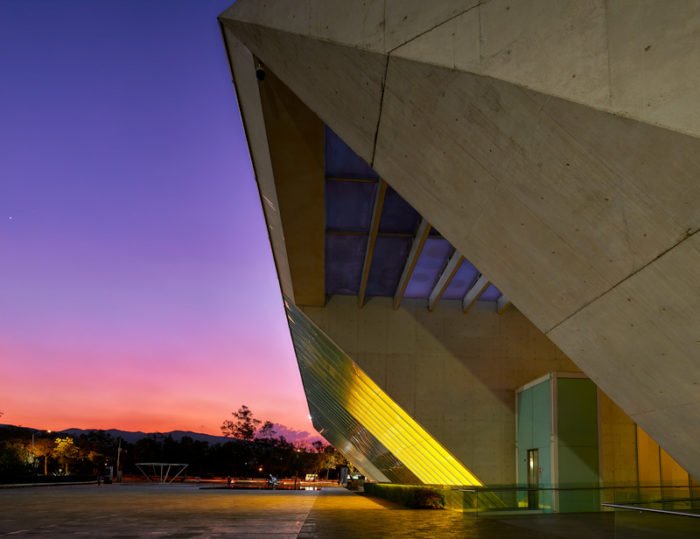
Do you think that cultural marketing practices and cultural consumerism are influencing the mentality of youngest contemporary artists?
To a certain extent yes, in the sense that Contemporary Art has become more and more institutionalized. But this has been going on for almost five decades. You can also see this in the way in which many artists have built a professional structure, meaning having studios that work like companies. Nevertheless, this is the fewer, there are still very few artists, in the overall picture, that can afford this. There are other phenomena such as Instagram, and the use of social media as a form of representation. But I wouldn’t tie this only to cultural consumerism but rather to how social media has shaped contemporary visual culture, and how we understand the notion of international or global networks.
Has the relationship between the art creation’s sphere and the art market changed, in this century, compared with the past?
It has definitely changed. One of these changes has been the role that art fairs have played in certain contexts where there is a lack of art institutions (for example in some countries in Latin America). Also, I believe there have been changes in the way people collect and what they collect.
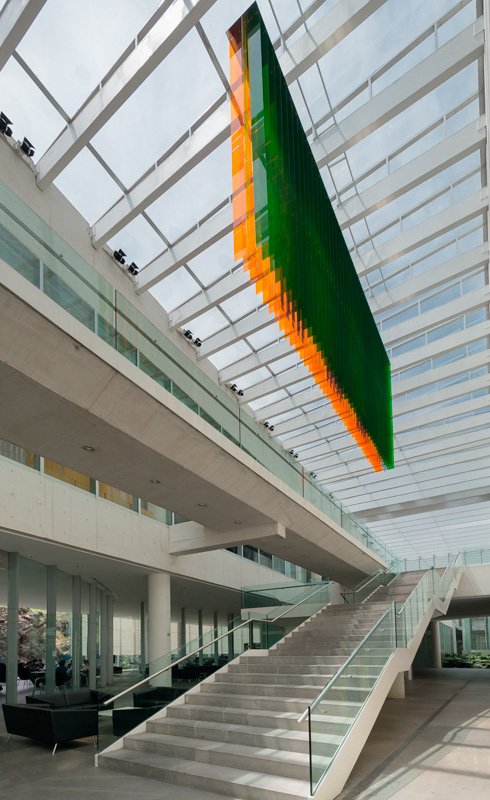
What is, in your opinion, the state-of-the-art of Latin American Contemporary Art within the global art system?
The art scene in Latin America is vibrant and diverse. Some of its local scenes have had important visibility in the past years. Some people think that the “Latin-American trend” is over and that the new trend is located in Asia. Maybe this can apply to the art market and to how some institutions work. I believe, in that aspect, that Latin American Contemporary Art still plays an important role in the conversation, for geopolitical and historical reasons among others, and that the art system is fragmented enough to preserve an important space for us.
Could you name some artists that you consider especially relevant in the present artistic landscape, and some you would like to work with?
We are working on the calendar for the next years jointly with the curatorial team. In the next months, we will be announcing which artists we will be working with, that reflect the curatorial lines we are working on.
Photo credits: courtesy MUAC/UNAM